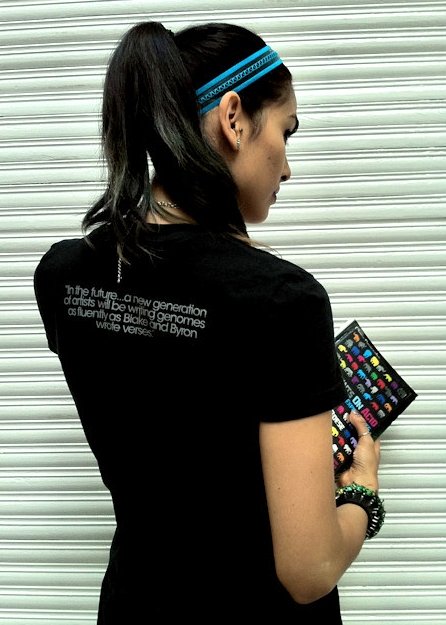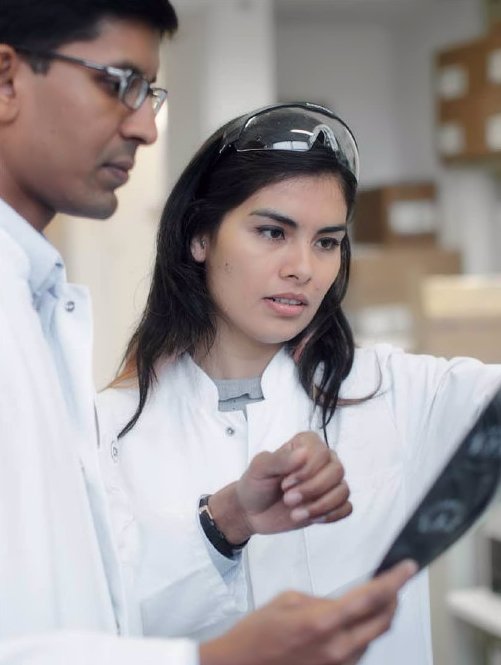
In my short career as a Steemian, I have talked about my love for wonderful pieces of cinema, martial arts, traveling, fitness and self-actualization. However, my main occupation, the one I have dedicated a big portion of my life to, is actually science.
As I mentioned in my introduction post, I am currently completing a PhD in Molecular Cell Biology, applied to the field of cancer research.
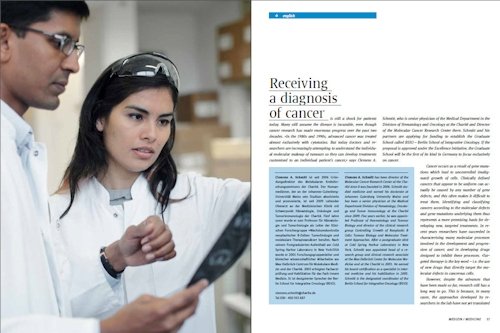
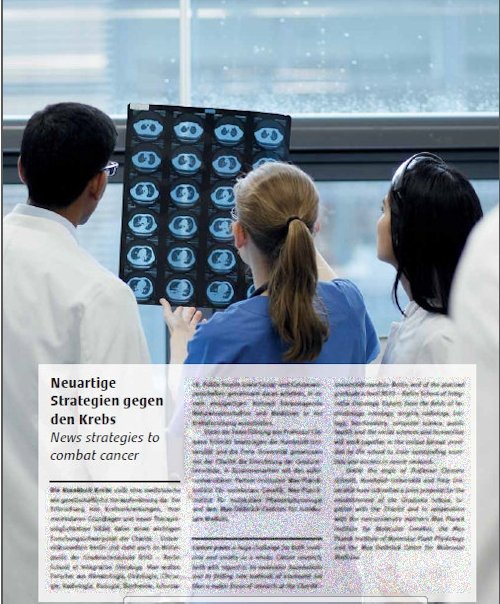
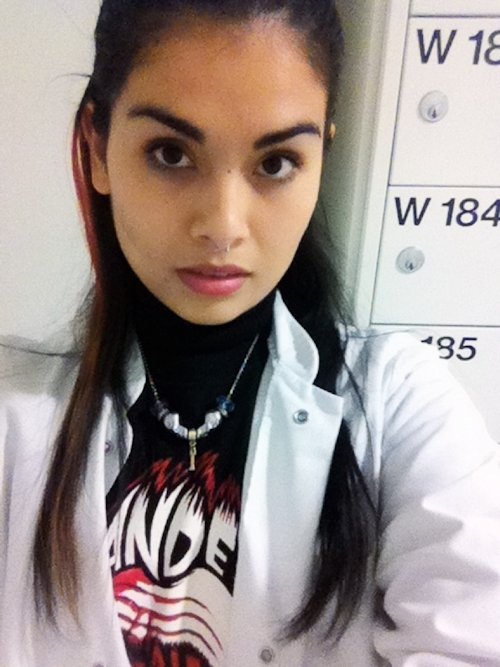
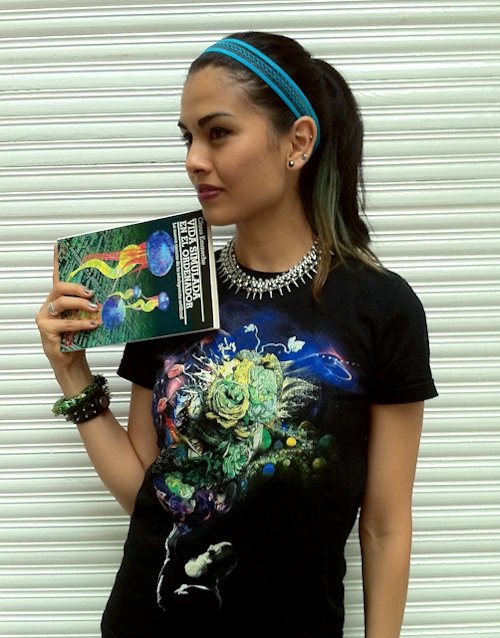
One of the advantages of working as a scientist is the lack of a fixed dress code to conform to. You can dress as plain and boring or as eccentric and fashionable as you want and no one gives a damn – especially if you work in basic science or theoretical fields, where it is almost expected that you will be a little bit nuts.
So what does a good day of work in my field look like?
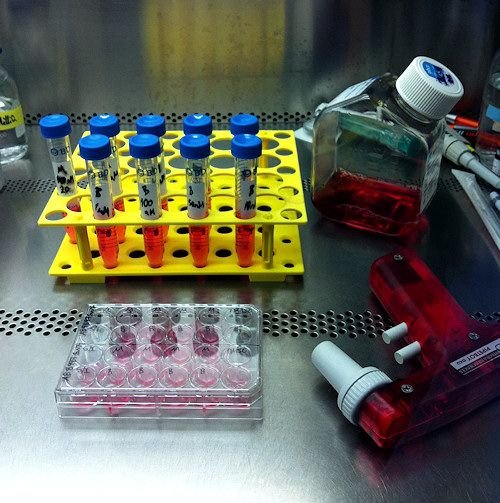
Usually, the very first thing that I do upon arrival, is going to the cell culture room to change the medium of cells to which I added a specific treatment to act overnight. This can be a chemotherapy treatment in the case of lymphoma cells, or transfection medium for my Phoenix cells.
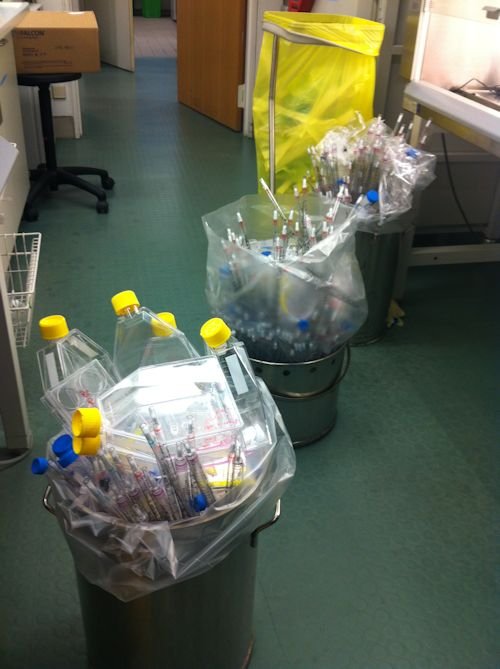
If it’s a Monday, however, chances are that I will encounter this and will have to deal with it before I can start my own work – scientists can be lazy, lazy people sometimes!
The transfection procedure allows me to introduce genes or other genetic material into a cell, usually to make them produce a protein or other product that I am interested in. In order to know whether you succeeded on genetically modifying the targeted cells, a marker is added to the genetic material inserted. Often this marker produces a fluorescent protein that is produced along your product of interest, so it is easy to detect using a fluorescence microscope.
Once done with cell culture, I usually go up to the Mouse House, where my assigned group of mice awaits for their regular checkup. You can think of these mice as tiny patients: I monitor their health, and treat them whenever they start getting sick and developing tumors. Then, I follow up their response to the treatment. They are the experimental subjects for our ongoing research, which is aimed to find specific molecular targets that make tumor cells particularly vulnerable – in other words, we try to find what makes cancer tumor cells special and radically different in the way they function compared to normal cells, in order to discover their “Achilles heel” and find treatments that kill them selectively while leaving normal cells unaffected.
The goal of our work, thus, is to find a way to make cancer treatment more specific and effective, while reducing its negative effects on the patient at the same time.
We have a big, international team of people working in the lab, so every now and then we get to have a very welcomed cake break to celebrate somebody’s birthday or other special occasions. We all gather in the kitchen room and have a nice coffee break full of baked goodies!

Depending on the experiment scheduled for the day, in the late afternoon I will have a technologic date with one of those fancy machines with gentlemen’s names: I will go and spend some time with Victor if I need to measure chemoluminiscence or protein concentration in my samples; alternatively, if I need to do some protein analysis, I will lock myself in a tiny, dim room downstairs with Simon for a good 30-40 minutes.
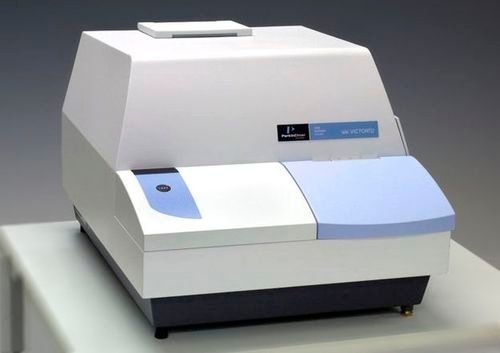
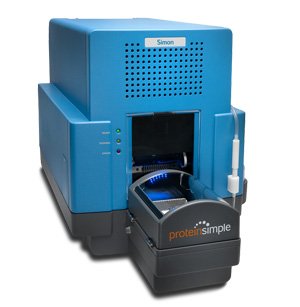
Finally, at the end of the day, it is time to confirm that my cells are producing my protein of interest. Remember what I said above about how we use fluorescent markers for this? Well, here they are:
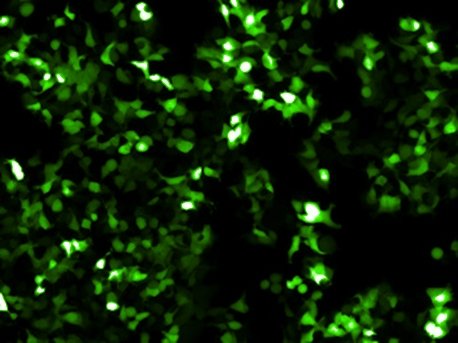
When I was fifteen, I read an article about Genetic Engineering and I thought it was the coolest thing I had heard about; right there and then, I vowed I would pursue a career in Science to do it one day myself. Every time I see my cells glowing green as a result of the genes I introduced into them, it makes me remember that moment, and smile.
